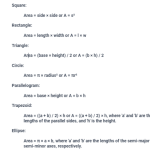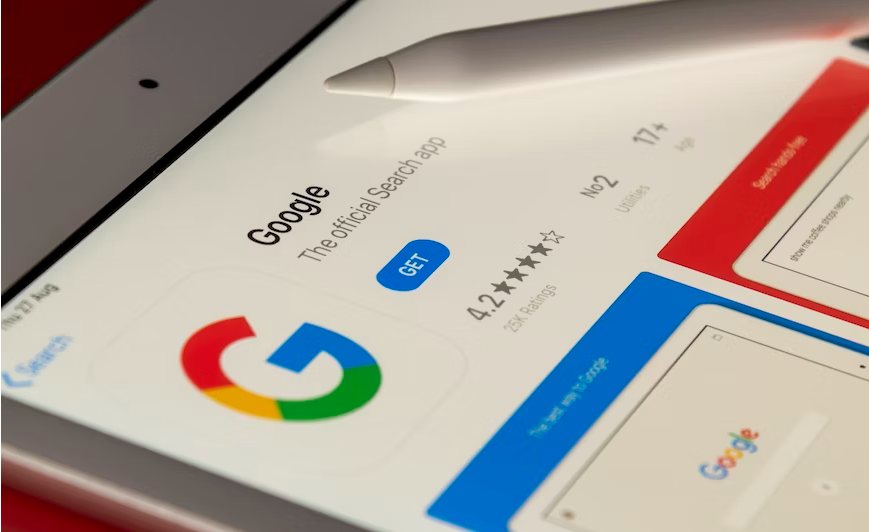The title of a webpage, as displayed in SERPs, social media posts, and browser tabs, is indicated by a piece of HTML code called a title tag. There is no doubt that title tags play a role in SEO. Search engines like Google use the title tag to determine your page’s topic and whether or not it is relevant to the user’s query.
Google primarily focuses on providing users with accurate information in response to their queries. The search engine must understand the topics various websites cover to accomplish this. Google finds this out by analysing the page’s wording, but it also gives different areas of the page more weight than others.
Since the title tag is a concise and straightforward way website designers can indicate the content of the following page, search engine algorithms emphasize it greatly. This is why title tags are crucial to a page’s SEO.
Create individualized page headings:
Title tags should be personalized for each page on your site. Make sure the title tags for each website page are unique and descriptive of the content found on that page. The purpose of the title tag is to inform search engines of the topic of a given page.
Also, people who find your page through a search engine will appreciate the improved usability of a descriptive title. An SEO Agency in Australia will tailor your company’s website to the preferences of its intended demographic by employing a variety of search engine optimization (SEO) technologies. Professional SEO aims for much more than just a boost in traffic; it seeks out conversions, clicks, purchases, higher rankings, and more.
Consider the length:
Title tags should normally be around 50 characters or less because Google and other search engines will display only the first 50-60 characters in the search results before cutting it off.
It’s best to put the term’s most crucial or descriptive parts first, where they’ll be less likely to be truncated. If you want to add your brand name in the title tag of every page (which is a good idea for well-known businesses), do so towards the end, after the words that define the content of that page.
Use the keyword you want to rank for, but don’t go crazy:
Your website’s content should be organized so that every page responds to a question or provides information that visitors will find useful. If your site appears in a search for the appropriate term, it will be more accessible to those people at the moment they are looking for the information you offer. Therefore, you should have a keyword (or several) in mind for each page.
To help Google’s algorithm better understand the content of a page, you should use the title tag to emphasize your primary keyword(s) for that page. You’ve signalled to Google that this page should be returned in response to queries containing that term. Avoid the trap of overusing keywords.
Describe the content of the page in detail:
Many visitors will read your title tag and then determine whether or not to click on your search engine results page. If the page doesn’t match the title, the user will likely immediately hit the back button and try a different result.
If you want visitors to visit your website, the title tag should provide an accurate summary of the information found there. When visitors’ expectations are met, they tend to stay on a page longer, which sends a positive signal to Google and helps it maintain a high ranking for your site.
What’s more, it enhances the experience for your site visitors. You want each one of your visitors to enjoy their experience and come back for more. This is less likely to occur if your title tag lacks clarity.
Justify (in a few words) the content of the page:
Use the limited real estate you have to highlight the unique selling points of your website. Putting an adjective before the descriptive keyword or providing further context after it is often sufficient to achieve this. In many cases, the headline you’ve already written could be the title tag for your blog post or article.
Remember who you’re writing for and what they value most before committing to a page layout. The title tag should highlight the benefits they will receive from visiting your page.
Conclusion:
SEO title tags are short and seem less complicated than they are. Even while they don’t call for much in the way of writing on your part, it doesn’t mean you should rush through them. Spend some time deliberating on the optimum phrases to convey to Google and readers what the page is about and why they should stick around. The title tag you use must serve both purposes. It can boost your rankings and click-through rates if done correctly







